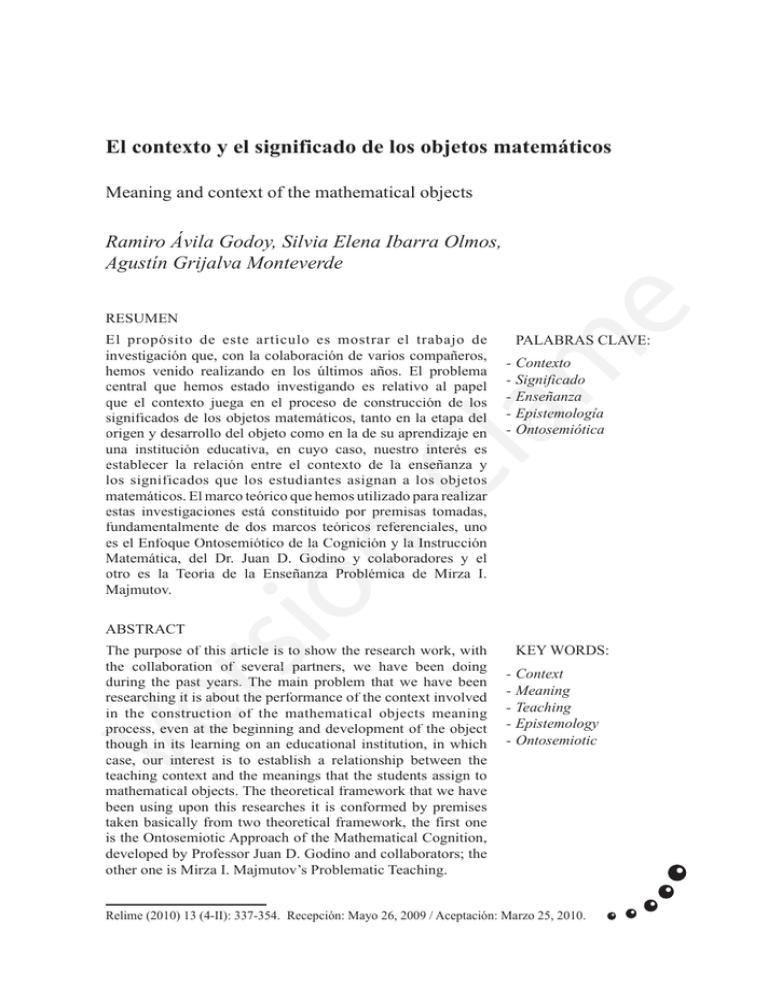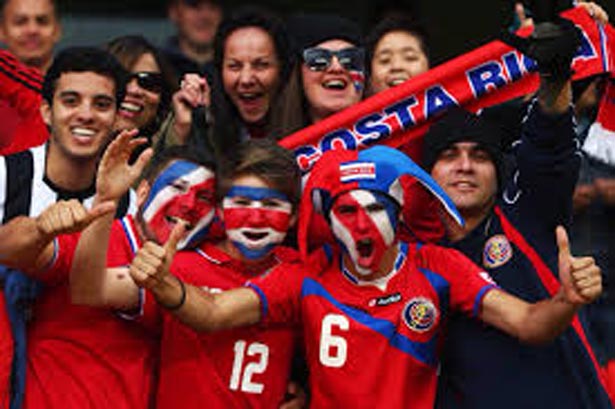

In Guanacaste, you may find it in the spicier Cuban version. Imported beers are available in most upscale hotel and resort bars, casinos and restaurants.īlack beans and chicken stock are the base for this rich soup which often contains a hard-boiled egg. These brews are priced from $0.75 to $3.00US depending on where you are drinking. Especially in Guanacaste a tall glass of ice often accompanies the bottle, and yes, you are supposed to pour the beer in the glass. Rock Ice is a newcomer gaining popularity with an extra two-tenths of a percent alcohol content. The most popular is Imperial (una águila, after the eagle on the label), followed closely by Pilsen, Bavaria, Tropical and Heineken (brewed locally under license). There are several respectable lagers brewed in Costa Rica. A rich soup of beef stock with yuca (root), chayote (squash), ayote (pumpkin family), and other more familiar vegetables. Along the Caribbean coast, coconut milk is sometimes added. Black beans and white rice are cooked together with a hint of onion, red pepper, cilantro and broth to create this ubiquitous national dish.

Odd numbers are north of Avenida Central, even numbers are south. Small pink-skinned fruit of Jamaican originĪpples are a traditional Christmas treat, and most of what you find in Costa Rica have been imported from the United States.Īvenues run east/west in Costa Rica. I am looking for (Could you please help me find…) an ATM.Įstoy buscando un cajero automático (por favor).Ĭosta Rican acidic guava, small and tart but remarkably refreshing with sugar and ice in a refresco. I am looking for (Could you please help me find…) a bank ¡El cajero automático se comió mi tarjeta!

Mae (sometimes pronounced maje) means something approximating “dude”, “man”, or “guy” and can be used in the second (you) or third person (he/they). Tuanis means “perfect”, and can basically be used interchangeably with pura vida. This is NOT pronounced PYURA VIDA, but POORAH bEEDAH It literally means “pure life” but can be used as a greeting (and response), exclamation, or adjective meaning roughly “this is living”, “perfect”, “great”, “wonderful,” etc. Pura Vida is the Costa Rican philosophy, and most commonly used phrase. It’s most common when you’re walking down the street and aren’t going to stop and talk, but just make eye contact, give a smile and this quick hi/bye greeting. The use of adiós as a greeting can be baffling. Here’s some help for getting beyond just an awkward hola and learning some great informal Spanish greetings:īuenas is the shortened version of buenos días, buenas tardes or buenas noches – it works anytime, and frees you from having to think about what time of day it is! This is a great basic for informal Spanish greetings. Greeting people is extremely important in Latin culture – you’ll do it dozens of times a day – so you’ll want to diversify your repertoire. If you’re traveling to Costa Rica with Common Ground this spring or summer, you’ll be greeted a lot of different ways by Ticos (Costa Ricans).


 0 kommentar(er)
0 kommentar(er)
